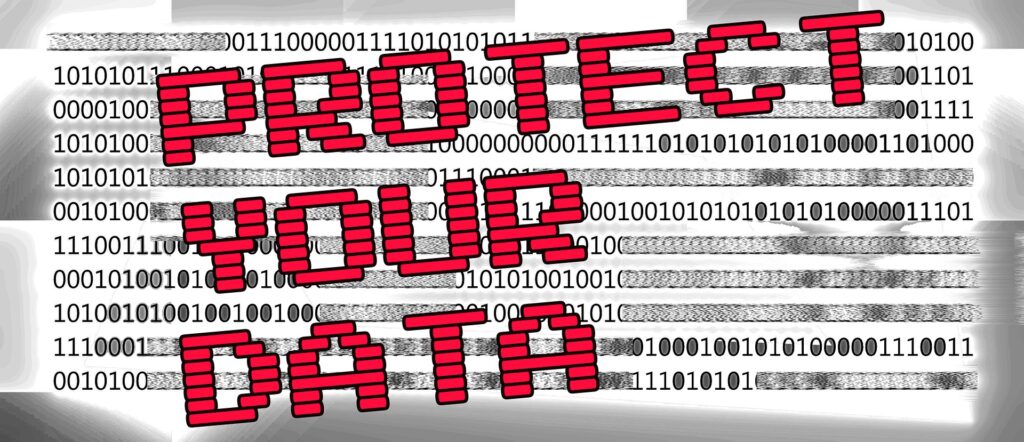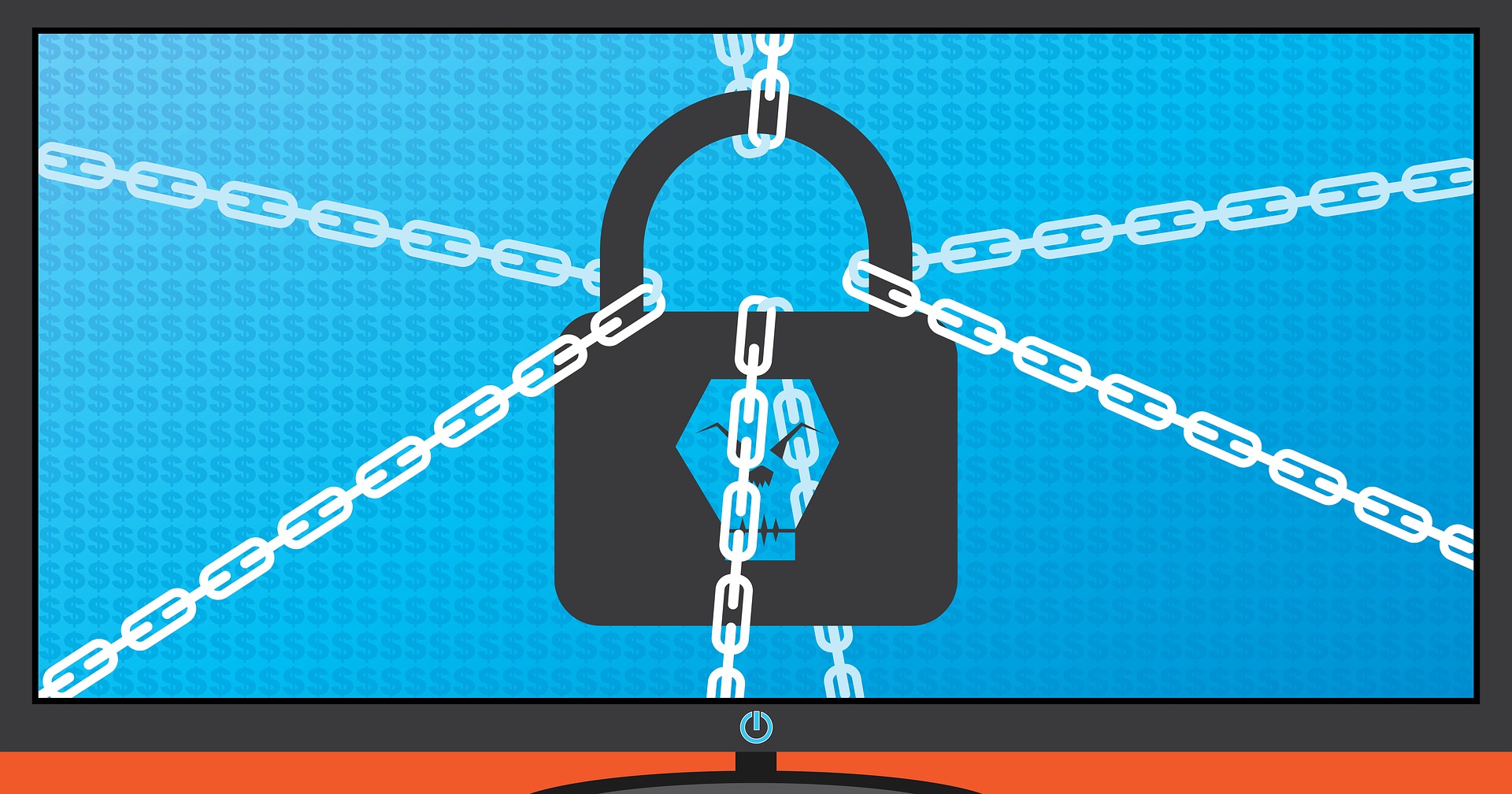Your website is a reflection of your business. It’s the first place your potential customers go to learn more about you, and it’s the foundation of your online presence. So what happens when your website gets hacked?
It feels like you’ve been violated. Your site has been broken into, and someone has stolen from you, or even worse, you have to figure out how to fix the problem and get your site back up and running.
Hacking is a huge problem for businesses of all sizes. In fact, 43% of small businesses suffered a data breach in 2016. But there are ways to protect your website from hackers, and in this article, we’ll show you how.
7 Basic Steps To Protect your Website

Step 1: Choose A Decent Domain Name
We discovered that most hackers targets domain names with easy-to-guess names or something pretty naught in nature. It’s important to choose a domain name that is easy to remember, easy to spell, and quite decent.
Your domain name is the first thing your visitors will see when they load up your site. It will be the first thing they’ll type into their browser bar, and if it’s something you want to be memorable, make sure it, ‘s not something that screams out to hackers because a nasty domain name could be hacked for the purpose of pornographic sites
STEP 2: Remove Admin As Your Username
‘Admin’ is a pretty obvious username for a website admin. You should change this username to something more professional and less open for hackers to easily crawl into your site.
If you use a free web hosting service, you’re only able to create one username for your site and if your username is ‘admin’, it’s pretty easy for hackers to gain access to your admin panel. If you’re a web host, you can create a separate user that is only able to access the admin panel.
STEP 3: Enable A Strong Password
Enabling a password is pretty standard on just about any website these days. However, it’s really important to enable passwords for your admin panel and your main admin (as the person who has access to the entire site.)
Make sure that your passwords are a combination of at least eight characters long, and include a mix of numbers, letters, and symbols complicated enough for anyone who might want to hack your website but make sure it is something you can also remember because you don’t want to always go through the stress of changing passwords all the time.
STEP 4: Use An SSL Certificate
Having a website without an SSL certificate is like having a ticking bomb waiting to explode. Hackers are constantly looking for weak links and are always looking to exploit any data that they can find.
An SSL Certificate is a security measure that will encrypt your data and prevent anyone from stealing it. In order to find out if you have an SSL certificate on your website, you will see a small padlock sign at the top of your website URL on the left-hand side of the search engine. You can purchase an SSL certificate or you can get a free SSL certificate
STEP 5: Constantly Update Your Plugins
Your website plugins have the same vulnerability as the WordPress core software itself! Visitors need to keep them up-to-date in order to keep them safe and compatible with the WordPress core application. Secure Updates allow upgrades to be automatically downloaded and installed to the WordPress core application efficiently.

STEP 6: Always Update Your Software
The software update of your website is a must-do every time you use your computer. It’s not a good thing to let your computer sit for months and months on end and not update the software.
Updating your software isn’t a task you should take lightly. In fact, it’s recommended that you update your software about once a month. Make sure you know how to update your software and always follow the instructions on the screen to avoid errors and other problems.
STEP 7: Be Sure To Uninstall All Unused Plugins
Leaving unused plugins on your website for a long period of time can be detrimental to the performance of your site. This is because the plugins take up a lot of space on your server, and they can eat up a lot of resources and leave your website at the mercy of hackers because they are always after loopholes.
So if you find that your website is running slow, or you’re not getting any traffic on your site, it could be because you’re running too many plugins. Plugins can also be a little freaky sometimes, and they’re not always user-friendly. So before you leave plugins on your site, make sure you uninstall them completely so that you can always return to a clean website.
Conclusion
Protecting your website from hackers is a matter of common sense. But as your business expands, you’ll need to expand with your website as well. So be sure to invest in the best website protector and give yourself the peace of mind that comes with having a safe, secure, and sound website.
Hope you enjoyed reading this article as we help you find out ways you can protect yourself from stinky hackers out there but observing these regular routines on your website. Don’t forget to subscribe with us for the latest updates and more tips like this to protect you and your business brand in today’s digital world you can also contact us for further assurance.

